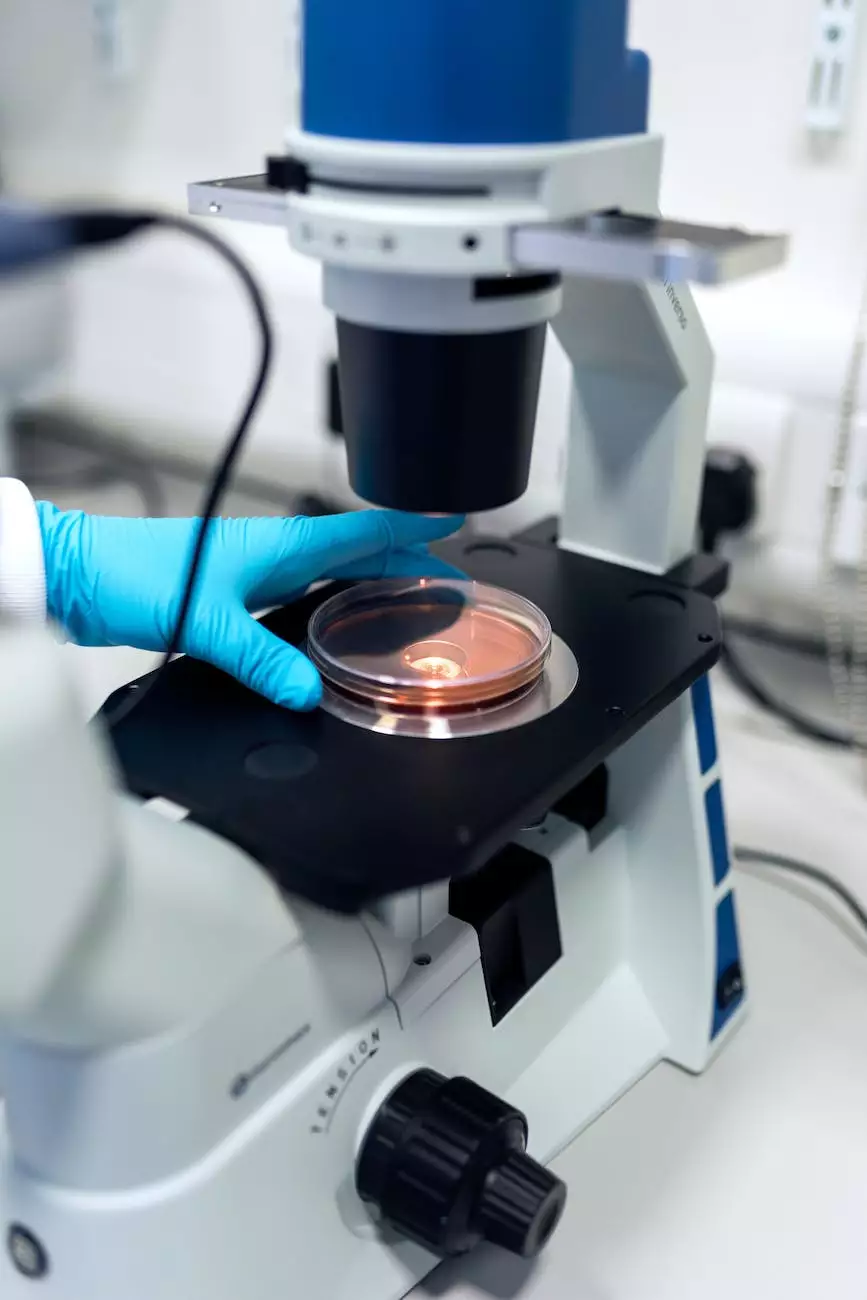Prostate Cancer
News & Events
Introduction
Welcome to the Cancer Blog, where we provide comprehensive information about various types of cancer to help you gain a better understanding of the disease. In this article, we focus on prostate cancer, a prevalent health issue that affects many men worldwide.
Understanding Prostate Cancer
Prostate cancer develops in the prostate gland, a small walnut-shaped gland in the male reproductive system. It is one of the most common types of cancer among men, with various risk factors contributing to its development.
Risk Factors
Several factors may increase the risk of developing prostate cancer, including:
- Age: The risk increases with age, with a higher incidence in men above 50.
- Family History: Having a close relative with prostate cancer increases the likelihood of developing the disease.
- Ethnicity: African American men are at a higher risk compared to men of other ethnic backgrounds.
- Dietary Factors: Consuming a diet high in red meat and low in fruits and vegetables may contribute to the risk.
- Obesity: Obesity has been linked to a higher risk of advanced prostate cancer.
Symptoms
Prostate cancer often presents with no early symptoms, making regular screenings crucial for early detection. However, as the disease progresses, some common symptoms may include:
- Urinary problems, such as frequent urination, weak urine flow, or difficulty starting or stopping urination.
- Blood in urine or semen.
- Erectile dysfunction.
- Pain or discomfort in the pelvic area.
Diagnosis and Treatment
Early detection greatly improves treatment outcomes for prostate cancer. The diagnosis typically involves a combination of the following:
- Prostate-Specific Antigen (PSA) Test: This blood test measures the levels of PSA, a protein produced by the prostate gland. Elevated levels may indicate a problem.
- Digital Rectal Examination (DRE): A physical examination where the doctor checks for any abnormalities in the prostate gland.
- Biopsy: A sample of tissue is taken from the prostate gland for further analysis.
Once diagnosed, the treatment options vary depending on the stage and grade of the cancer. Common treatment approaches include:
- Surgery: Removal of the prostate gland to eliminate cancerous cells.
- Radiation Therapy: High-energy rays or particles are used to destroy cancer cells.
- Hormone Therapy: Lowering hormone levels to slow the growth of cancer cells.
- Chemotherapy: Medications are used to kill cancer cells.
Prevention and Risk Reduction
While prostate cancer cannot be completely prevented, certain lifestyle choices may help reduce the risk:
- Maintain a healthy diet, rich in fruits, vegetables, and whole grains.
- Engage in regular physical activity.
- Avoid smoking and limit alcohol consumption.
- Undergo regular screenings, especially for individuals at higher risk.
Conclusion
In summary, prostate cancer is a significant health concern for men, but early detection and timely treatment greatly enhance the chances of successful outcomes. By staying informed about risk factors, symptoms, and available treatment options, individuals can take proactive steps to protect their health and well-being.
Contact Sibel Blau, a leading health expert in the field, for more information and guidance regarding prostate cancer.




